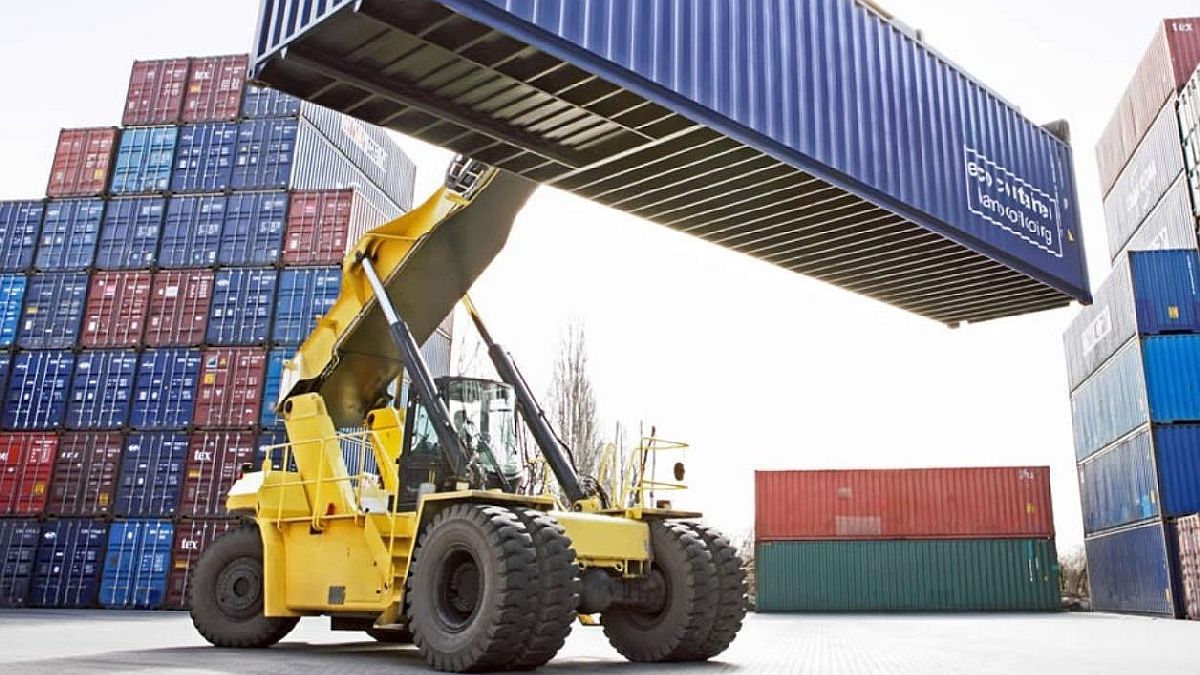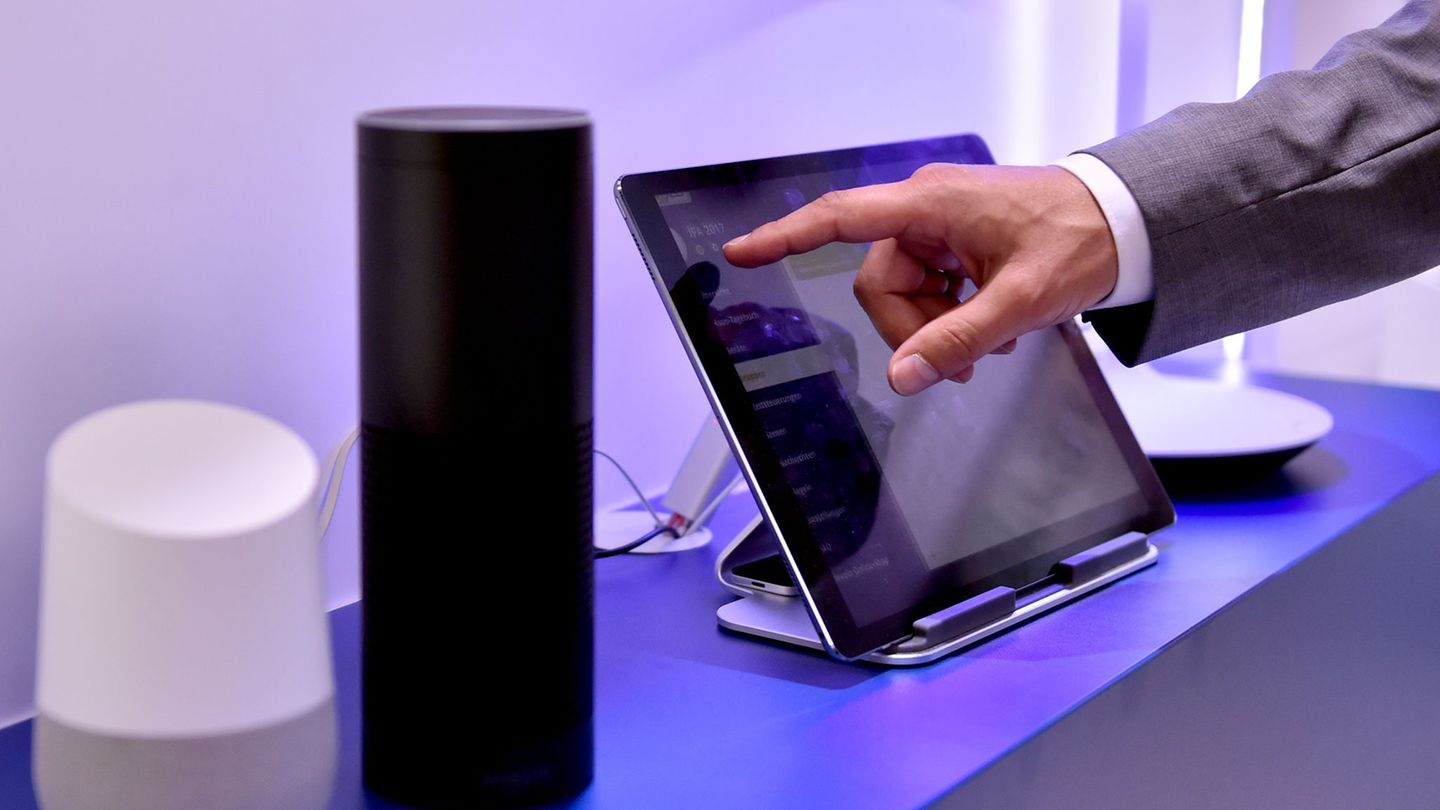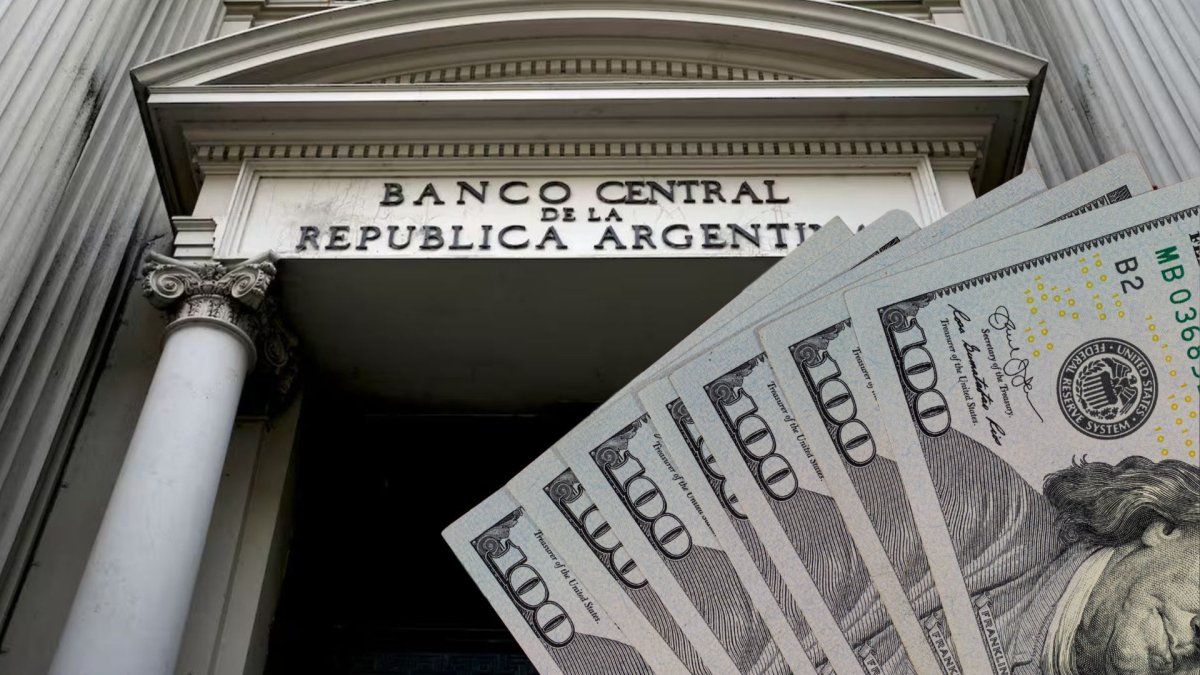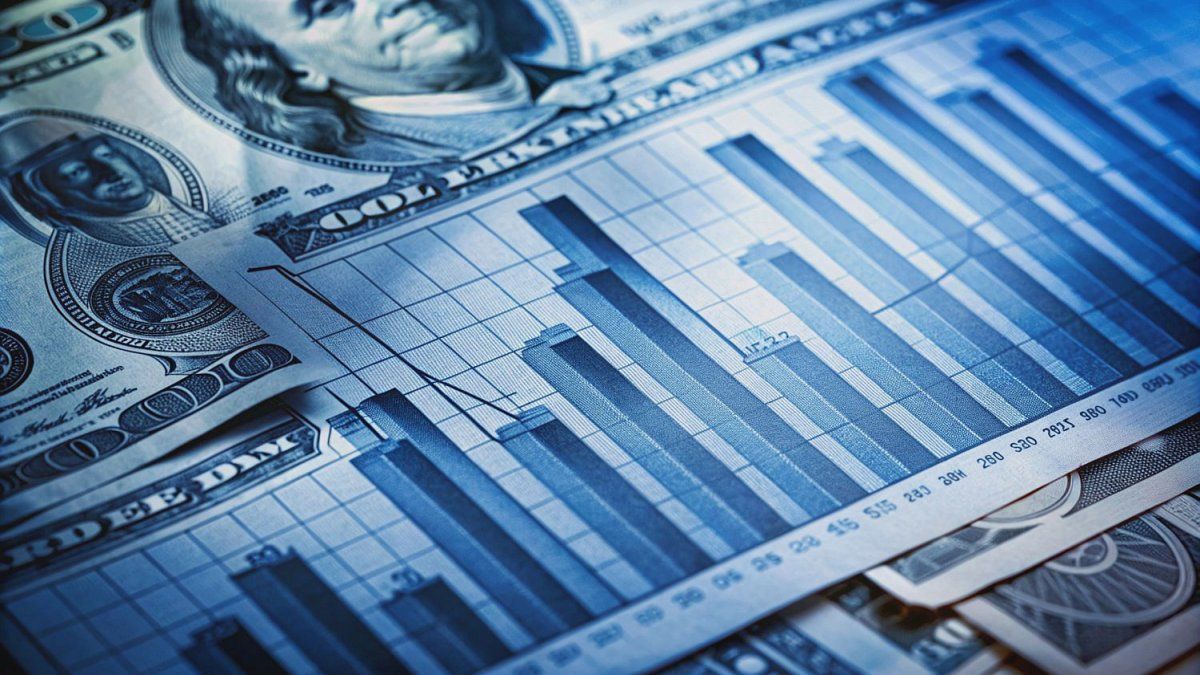It is a mechanism that seeks to limit the impact of taxes on the export business equation so that companies can have a greater margin of external competitiveness.
By means of the Resolution 212/2022 published in the Official Gazette, changes were made to the management of the procedure with the aim of simplifying the procedure and speeding up the settlement and payment of benefits to favor the export sector in its foreign trade operations.
“Until now, the Drawback regime practically implied one procedure per operation”, explained the Ministry of Industry through a statement. From now on, the Drawback Typification Certificate will have a term of five years to be applied to different commercial operations, as long as the declared input-output relationship or the Mercosur Common Nomenclature (NCM) is not modified”, reported the Secretariat.
In this regard, the director of Center of Studies for Foreign Trade of the 21st Century, Miguel Poncepointed out that the measure attends “to a long-standing request from companies importers that is going in the right direction”. Speaking to Ámbito, he believed that “it is a signal to the sector that it is entering a stage of normality” although he considered that “it does not modify the current scenario.” “It cannot be denied that it is an important issue, but that it does not solve the lack of dollars”he explained. For the foreign trade analyst, the problem of the lack of dollars continues to have more weight for operations in the current context. “They can facilitate the drawback process, but if the company is going to buy the dollars to import, the situation does not change,” added the analyst.
Even so, despite the different procedures that companies have to go through to gain access to dollars to import supplies, simplifying the procedure is important because it will alleviate the bureaucratic burden. The Ministry of Industry indicated that to access the reimbursement Applicant companies must be registered in the Single Registry of the Productive Matrix (RUMP). The process of classifying the merchandise will be carried out through the Remote Procedures (TAD) platform. The product to be exported may contain all or some of the imported goods approved in the Typification Certificate.
According to the National Institute of Statistics and Censuses (INDEC)imports from Basic industrial intermediate goods totaled US$209 million in the first two months, with a slight drop of half a point, and manufactured goods US$3,297 million with a year-on-year increase of 41.5%. Obviously, not all of this is applied to exporting, but it is marking a growing dynamic.
The great discussion between the government and importers is about access to the Single Free Exchange Market (MULC) on which controls have been tightened in the last two months. Officials from the economic area assure that the administration of foreign exchange does not generate an impact on imports and affirm that record purchases have been recorded so far this year. The INDEC reported a growth of purchases abroad of 41% in January and February compared to the same period last year, for a total of US$10,886 million. As this newspaper anticipated, in March imports would reach US$7 billion at least based on the growth rate they have been showing since the beginning of 2022. In February, purchases from abroad grew 51%.
Source: Ambito
David William is a talented author who has made a name for himself in the world of writing. He is a professional author who writes on a wide range of topics, from general interest to opinion news. David is currently working as a writer at 24 hours worlds where he brings his unique perspective and in-depth research to his articles, making them both informative and engaging.




